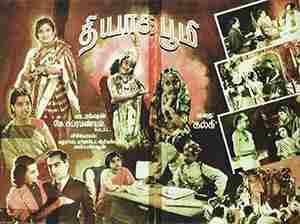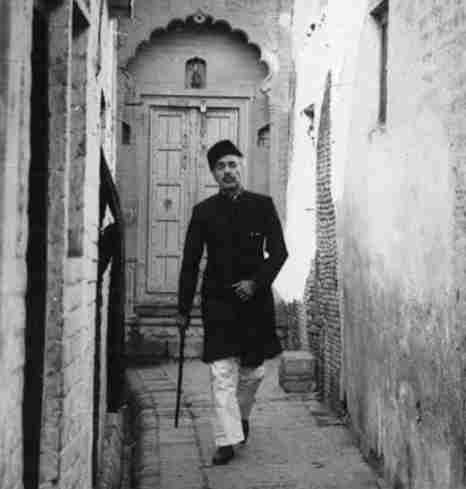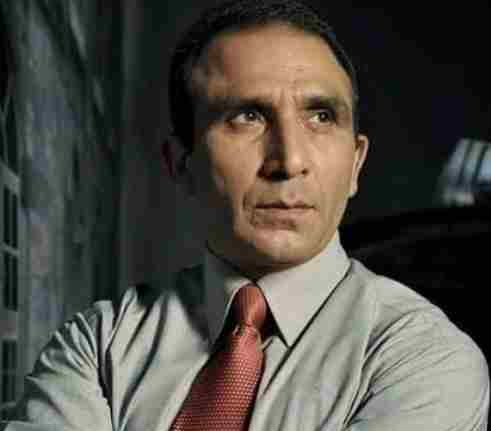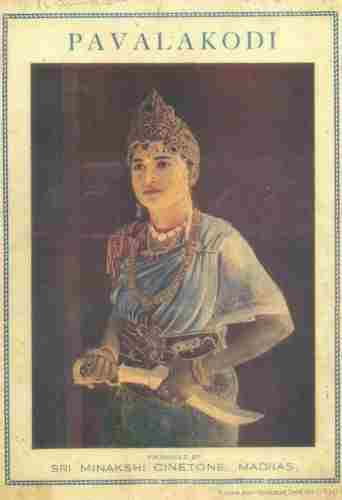This section is for paid subscribers only. Our subscription is only $3700/- for one full year.
You get unlimited access to all paid section and features on the website with this subscription.
Subscribe to read full article
This section is for paid subscribers only. Our subscription is only $37/- for one full year.
You get unlimited access to all paid section and features on the website with this subscription.
Not ready for a full subscription?
You can access this article for $2, and have it saved to your account for one year.
- Release Date20/05/1939
- GenrePatriotic
- FormatB-W
- LanguageTamil
- Run Time191 min
This film is a good example of patriotic cinema. The story is woven around Sambu Sastri, a poor Brahmin priest and his daughter Savithri. Sastri is ostracized for sheltering cyclone hit Dalits inside the temple. So he moves to Madras, where he teams up with Nallan, a Dalit, and starts Gandhian social uplift programs in a ghetto. His daughter, recovering from a broken marriage, is also inspired and joins the movement.
The film opens with shots of the cyclone and of stranded Dalits waiting in front of the closed doors of the temple. Gandhi’s program of temple entry, anti-untouchability, and temperance all form part of the film. Political awakening in Tamil Nadu was dramatized through a series of low angle shots of nationalists marching, which inspires Sastri to join the movement. The marchers, led by Sastri, pull down liquor shops. There is a scene of a mass spinning session, a symbolic act that was given the status of a ritual by Gandhi. The last sequence, a long tracking shot of a march, ends with police intervention. The film closes with Savthri begin imprisoned and a flag-hoisting ceremony in the ghetto.
The filmmaker, K Subrahmanyam established his credibility by conforming to the basic religious belief-system of Indians; and then, by questioning social evils, created an impact through the film. In the film, Sastri believes that it is because of the will of the goddess Ambika that he joins the national movement. Thus the message of nationalism and social reform was infused with a religious flavor. The anti-caste appeal of the film gained greater authenticity due to the fact that most of the people who worked in the film were Brahmins.
Papanasam Sivan, a well-known musician, and songwriter of the times were appropriately cast as Sambu Sastri who symbolizes Gandhi. In fact, he is referred to as the Gandhi of Tamil Nadu in the film and, in one scene Sastri sits on a dais, spinning on a charkha, in a posture strongly reminiscent of Gandhi. As the camera dollies up to him, the scene is interspersed with documentary footage showing Gandhi.
The story had been written by Kalki (R Krishnamurty) and had been serialized in the weekly magazine, Anandavikatan. The performance of child actress Saroja, who played the granddaughter of Sastri, endeared her to filmgoers. Later, Saroja becomes such a legend that the song was composed on her.
When the film was revived in Madras in 1944, it was banned as a part of the tightening of censorship during the War years, It was revoked after Independence in 1951 and was screened in Chithra talkies in October that year. (When it was released in 1939, Congress party was in power in the Madras presidency.)
[from the book The Eye of the Serpent by S. Theodore Baskaran]

Cast
-
Papanasam Sivan
Sambu Sastry
Crew
-
BannerMadras United Artists Corporation
-
Director
-
Producer
-
Cinematography
-
Editing
-
Music Director
-
Lyricist
-
Story Writer
-
Screenplay
-
Sound Recording/ Audiography
-
Re-recordist/ Sound Mixing
-
Art Director/Production Design
-
Costumes
-
Stills
-
Make-up
-
Music CompanyOdeon Label







.jpg)


